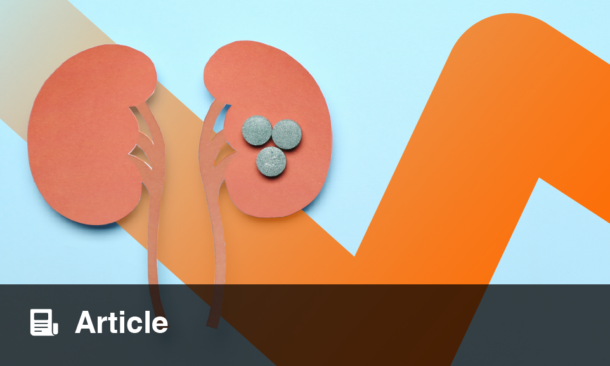One of the most interesting areas of research in urology is the correlation between childhood and adulthood urological conditions. The aim of our multicentre prospective study (registered on ClinicalTrials.gov [NCT02185287] and presented as an abstract at the EAU Annual Congress 2016) was to evaluate if urinary incontinence (UI) and recurrent urinary tract infections (rUTIs) in women 18–40 years old are the result of previous paediatric urological diseases. These results may identify the ‘risk conditions’, which, if treated properly in early childhood, could help avoid debilitating diseases that manifest themselves in adults and possibly help us design and implement a prevention strategy. We enrolled 254 women (age 18–40 years) divided into two groups: healthy volunteers (n=134) and patients (n=120) with any urinary symptoms, presenting at nine Italian urological clinics. We asked all the patients to complete a 77-item questionnaire, which consisted of two parts: part one explores the females’ urological and bowel history until the age of 14 years, part two refers to the current (adulthood) urological, bowel, and sexual history. The first part was completed with the help of parents or relatives, if required. There was a higher percentage of childhood nocturnal enuresis (NE) and rUTI in the patient group compared with the volunteer group.(7% versus 6%, and 18% versus 6%, respectively). These results are in line with data in the literature, where the prevalence of NE is 8%1 and the prevalence of rUTIs 20–48%.2 Women with NE during childhood had a higher prevalence of UI during adulthood compared with girls without NE (55% versus 45%, p=0.002). The relationship between childhood NE and UI has been investigated in a couple of studies. For example, Yarnell et al.3 showed an increased relative risk of having UI in women with a history of NE after the age of 9 years, Foldspang et al.4 reported an association between childhood NE and urgency UI, and Ayse et al.5 showed a correlation between stress UI and NE. The increased risk of adulthood UI in women with a history of childhood NE may be explained by the presence of a congenital dysfunction or impairment in afferent and/or efferent bladder innervation, which initially leads to NE and later presents as UI. Recurrent UTIs remain an important public health problem in women of all ages. Our study, in accordance with research by Raz et al.,6 showed that women with rUTI during childhood had higher prevalence of rUTI during adulthood compared with women without history of rUTI (p=0.02). A probable explanation of this correlation is a genetic predisposition or a long-term histopathological alteration of the urothelium. There was also a correlation between childhood constipation and rUTI in adulthood, linking gastrointestinal problems as a possible risk factor for later UTIs.
In conclusion, our data demonstrated that there is an important correlation between childhood and adulthood urological conditions. Girls with NE or rUTIs should be carefully monitored to ensure adequate treatment of these conditions, or should follow a prevention strategy to avoid adulthood symptoms. To achieve this, a close collaboration between paediatricians and urologists is mandatory.








